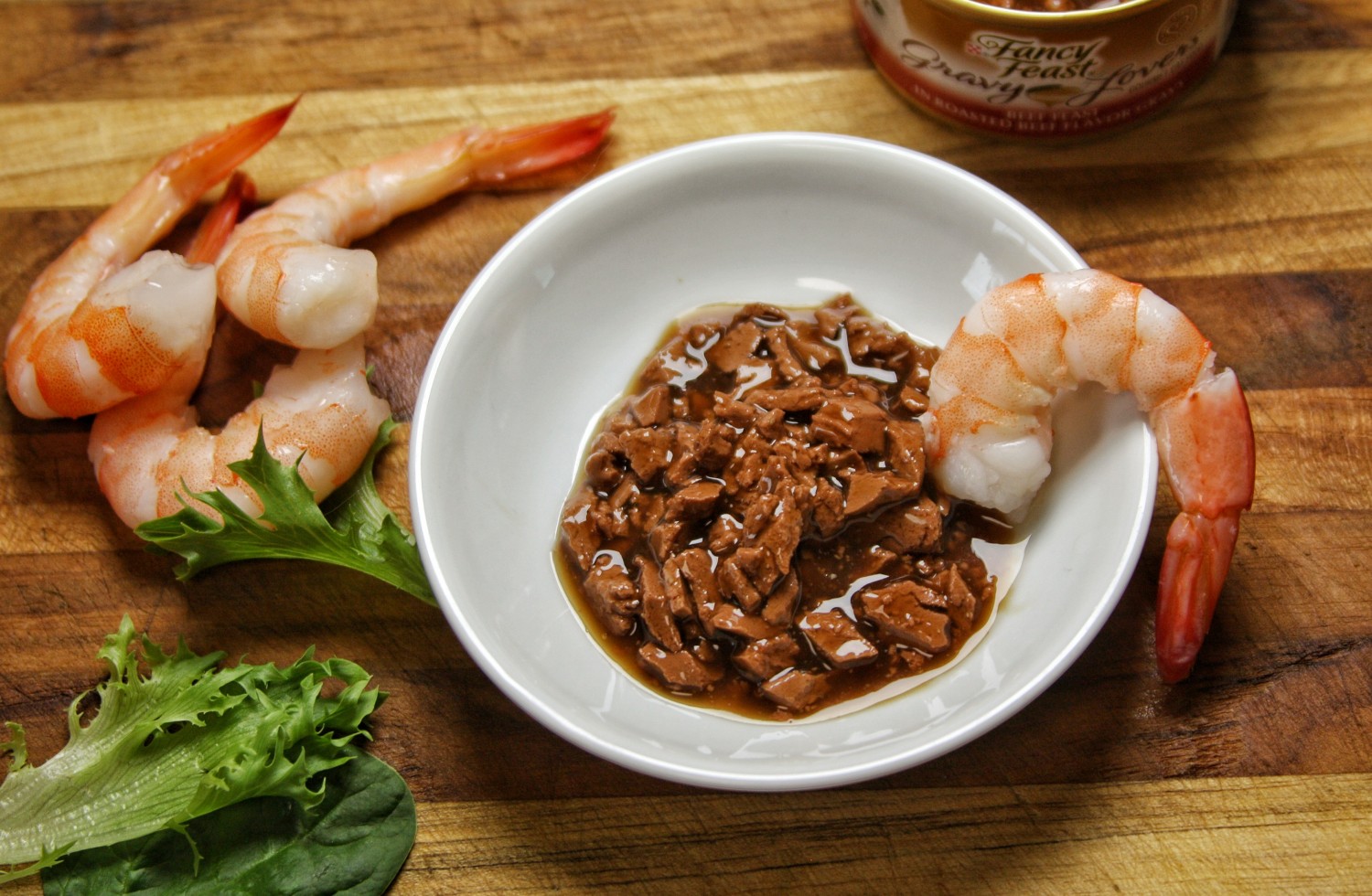|
There are many pet food options available for feeding your cat, ranging from bargain/discount foods to grocery store foods to boutique foods to prescription foods, not to mention raw or home cooked diets! It can be overwhelming trying to make the right decision for your cat.
In general, we recommend measured meal feeding for most cats. Most pet cats in the United States are kept indoor only, and will become overweight if they are allowed free access to food. There are some cats that are able to self regulate their food intake but these cats are the exception rather than the rule. Meal feeding allows you to manage how much your cat gets to eat, as well as separate cats for feeding. This reduces food-related stress, and enables you to feed your cat different foods if necessary. It also facilitates you being able to know if your cat is eating well or not.
We recommend that most cats have at least some canned food in their diet every day. Canned food is often higher in protein and lower in carbohydrates than dry food, so is less fattening. In addition, the water in canned food is healthy for urinary and bladder health, and promotes healthy skin.
 We recommend that you feed food that is manufactured by a pet food manufacturer with a long track record of pet food research. These companies include Purina, Royal Canin, Hill's, and Eukanuba/Iams. They also have the resources to identify problems more quickly and manage recalls if necessary. We do not generally recommend feeding raw diets due to the risk of food borne illness, both to your pet and yourself. If you do want to feed a raw diet, we recommend cooking it first to prevent your cat getting sick from bacterial contamination. If you want to make your cat's food at home, we recommend working with a veterinary nutritionist to formulate a diet that is complete and balanced for your individual cat. Avoid following recipes that you find online. We recommend that you feed food that is manufactured by a pet food manufacturer with a long track record of pet food research. These companies include Purina, Royal Canin, Hill's, and Eukanuba/Iams. They also have the resources to identify problems more quickly and manage recalls if necessary. We do not generally recommend feeding raw diets due to the risk of food borne illness, both to your pet and yourself. If you do want to feed a raw diet, we recommend cooking it first to prevent your cat getting sick from bacterial contamination. If you want to make your cat's food at home, we recommend working with a veterinary nutritionist to formulate a diet that is complete and balanced for your individual cat. Avoid following recipes that you find online.
Whatever you choose to feed your cat, pay attention to how she does on that diet. How is her digestion? Any problems with vomiting or hairballs (anything more than once a month)? Any soft stool or constipation? How is her skin and haircoat? Smooth and silky or dry and flaky? Does she have good energy? The answers to these questions can help you to determine if the diet is a good fit for your cat.
If you've been instructed to try feeding your cat a canned, low carbohydrate diet, these are good resources for you. This article (Transitioning cats to canned food.pdf 81 KB), by Lisa Pierson, DVM, addresses the benefits of feeding canned food. It also provides helpful advice for switching your cat from dry to canned food. The article, as well as other helpful feline nutrition information (including the protein/fat/carbohydrate chart ), can also be found at Dr. Pierson's website.
|